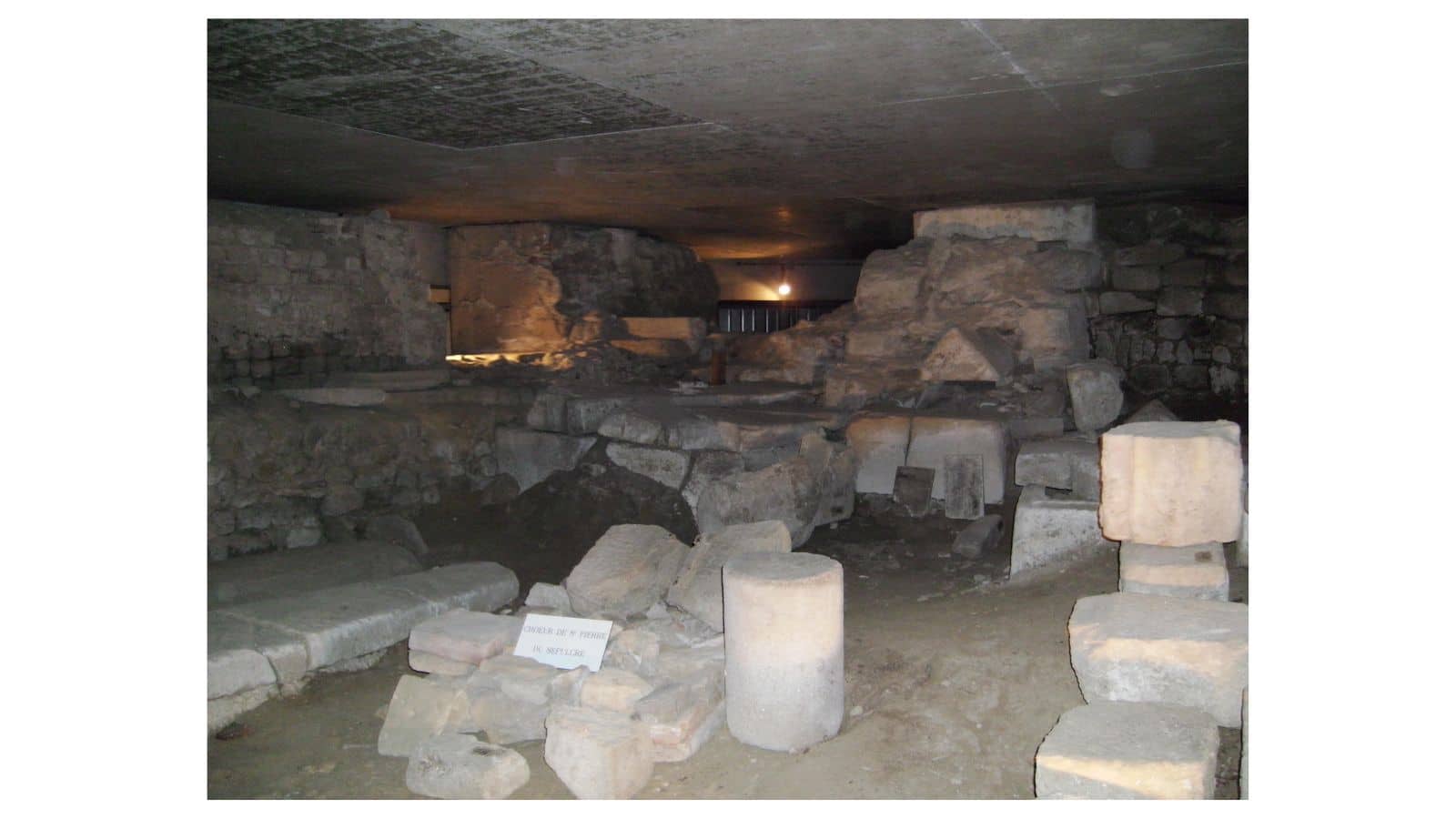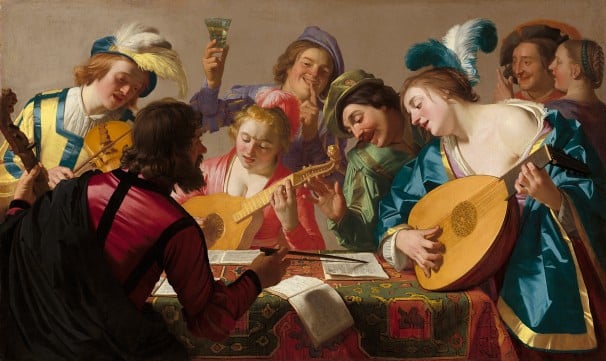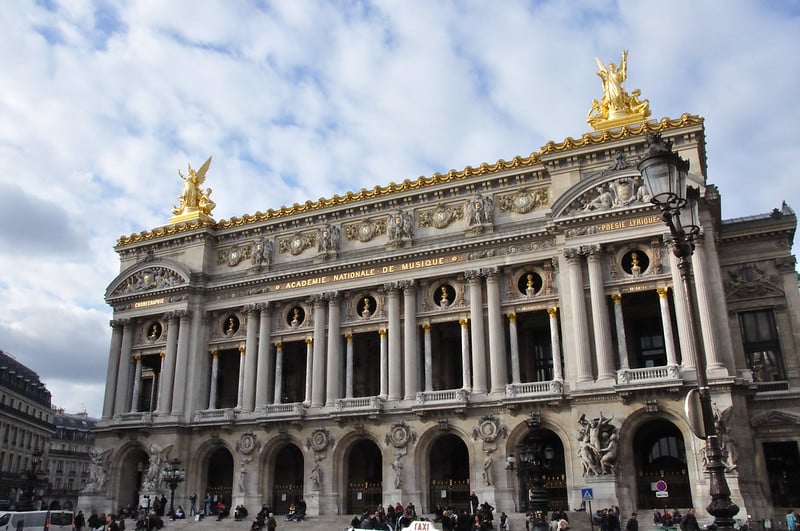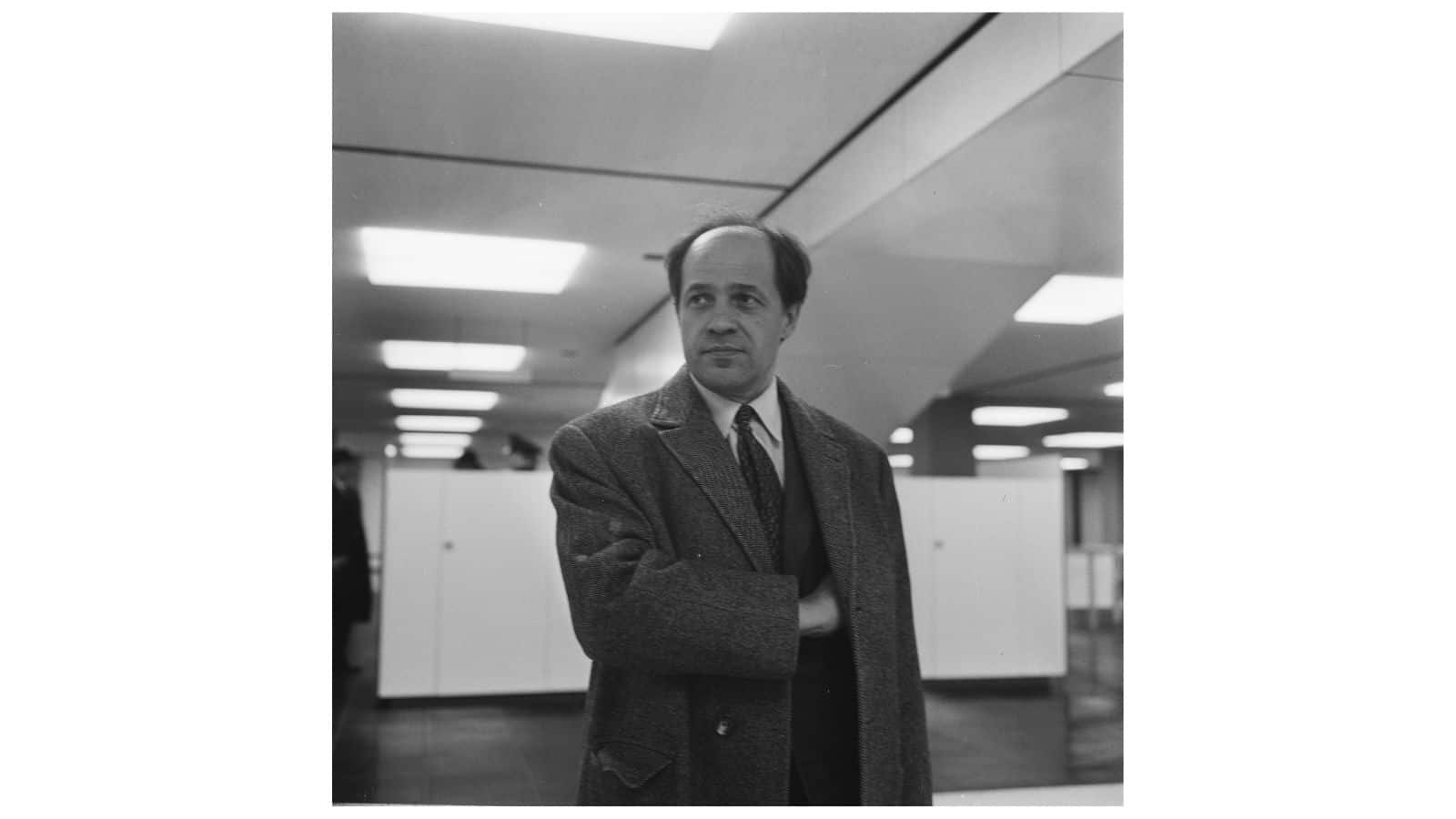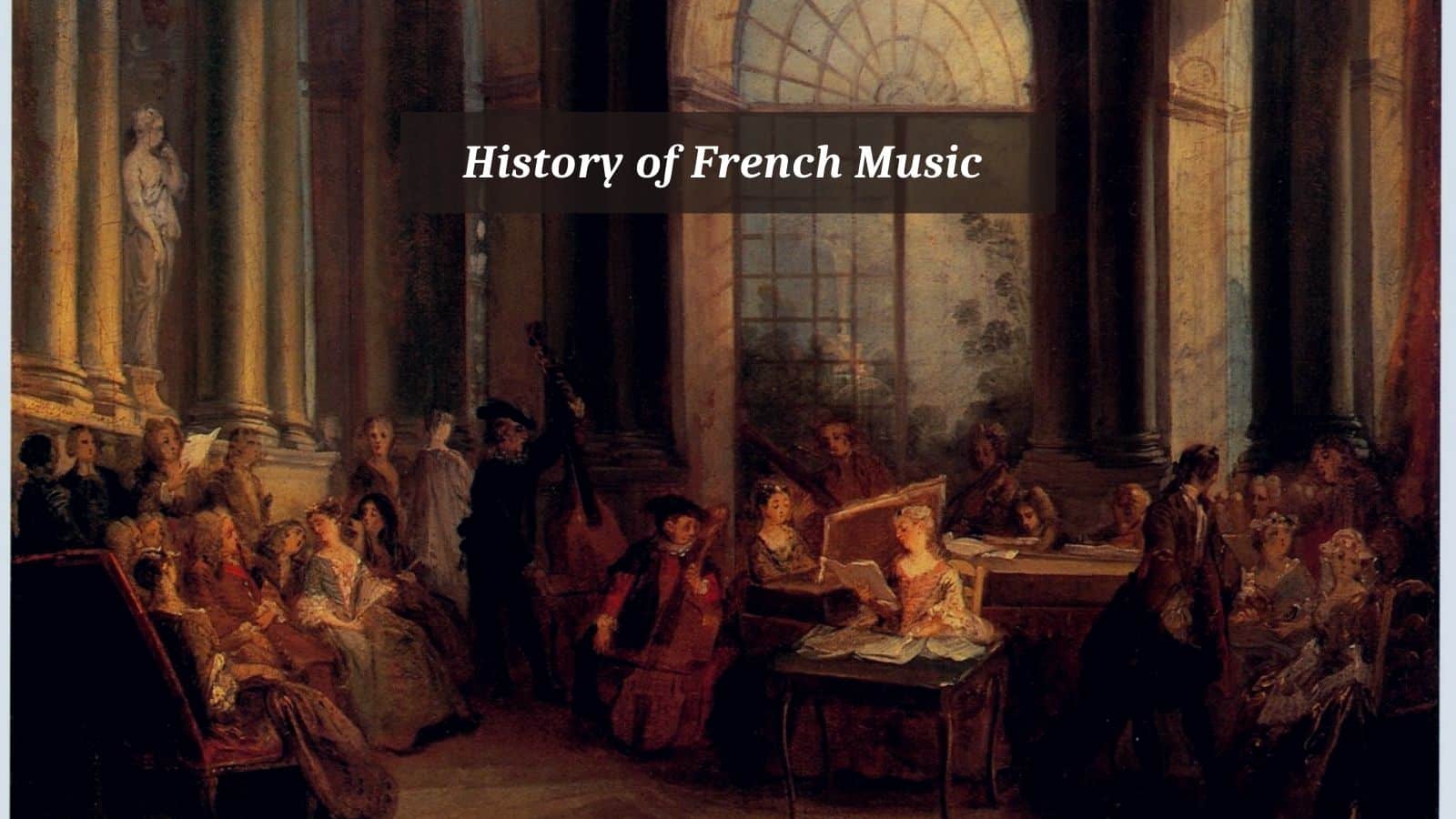
France has played a central part in the evolution of Western Classical music and culture since the 10th Century. During the Medieval period, France was at the very heart of early music.
The proof of this, amongst other documents, is the musical manuscripts that have miraculously survived. These delicately beautiful examples of early French music show the characteristics of organum and the beginnings of polyphony. ==
Organum refers to a style of plainchant where a second, or occasionally a third voice is added to the original chant at the interval of a fifth or the octave. The text would have been sacred, Biblically sourced, and of utmost importance over the music.
Throughout the following centuries, France’s cultural influence was strongly evident.
History of French Music
The Abbey of Saint Martial situated in Limoges, France was the inspiration for a creative school of the same name.
Here poets and musicians wrote large quantities of music that greatly assisted the development of the polyphonic style. New notations stemmed from the work of these artists that led directly into the work undertaken in the 12 century at the Notre-Dame school.
This school was directly associated with the cathedral. The music that has survived from these distant times is scant but includes scores of Pérotin and Léonin. Both of these composers allowed the polyphonic organum principles to prosper.
In Notre Dame, we find some of the earliest examples of one of the most popular forms of music; the Motet. The motet was to undergo many transformations over the coming centuries. In the 13th Century, it was a sacred and secular composition.
In the setting of the Latin text, brief passages of organum were blended with up to three voices with repeating rhythmic patterns that were thought of as rhythmic modes. Later instruments were used to accompany the voices turning the motet into an accompanied song.
It is important, while we consider secular Medieval music, not to overlook the vital contribution to French music that the Troubadors and then the Trouveres made.
These were travelling musicians and poets who performed songs in French. Some were thought to be noblemen, others of more humble origins, but their songs were of love, battles, and legends.
The Troubadours heralded from Southern France and Spain during the 11th and 12 Centuries spreading North alongside their influence. They were musicians of great courtly importance, and it is thought they may have contributed to the political ideology of the day.
Certainly, they inspired and impacted significantly the later European lyrical poetry.
In the 14th Century, French culture continued to exert a major influence on music. Ars nova (New Art), was an incredibly important development. The title refers to a style of music that can broadly be described as richly polyphonic and rhythmically complex.
Fine examples of Ars nova can be heard in the music of Guillaume de Machaut. During this exuberant period of French music, you would have encountered new musical forms such as the isorhythmic motet, masses, ballades, rondeaux, virelais and the ever-popular motet.
Notation underwent further advances that allow us even today, to more easily recognise the composer’s intentions.
Throughout the Renaissance period, France was at the very centre of musical innovation. The Motet became a style of music that had moved a long distance from its beginnings.
From the complexities of the Medieval motet, the motet in the Renaissance evolved into a usually brief piece texturally intriguing as it made excellent use of polyphonic imitation.
Now it was scored for multiple voices although often smaller groupings than the choruses we might hear today. It spanned both secular and sacred forms.
With Burgundy as the preferred centre for French composers and artists, key figures of the time include, Guillaume Dufay, Johannes Ockeghem, Josquin des Pres, Antoine Busnois and Orlando de Lassus.
Many of these men composed motets, masses and the chanson. What distinguished this form of music from its predecessors is its French text. Its conception looks back to the songs of the Troubadours and is divided into different kinds of chanson.
Two examples of this are the Motet-Chanson and the Burgundian chanson. Broadly, the Motet-Chanson and the Burgundian Chanson were for up to three voices and polyphonic, however the former was accompanied by instruments later in the period.
As we move into the Baroque period, more familiar composers emerge. Jean-Baptiste Lully, Marc-Antoine Charpentier and Françios Couperin and Jean Philippe Rameau to single out a few.
From the secular part-song of the chanson came a significant style of composition from France called the Air de cour (or Court Air). These accompanied strophic songs became immensely popular during the Baroque period and were published in many different collections.
In contrast to the Italian approach to music, the French sort to inspire passion through the stimulation of the intellect and reason. Dance was viewed as the ultimate fusion of mind and body approved and supported by the French aristocracy.
Instrumentally the French leaned towards the lute, harpsichord, viola da gamba and flute. Music was eloquent and measured avoiding the overtly virtuosic maturity of some Italian composers.
With King Louis XIV’s determination, opera began to emerge as a new form of music in France and elsewhere in Europe.
Lully, who had secured a fine reputation as a notable composer of ballets experimented with creating serious opera (opera seria), with his first attempt in 1673 titled Cadmus. The Opéra National de Paris was founded in 1669.
The Classical period saw the cultural dominance shift a little away from France towards Italy and Germany. French keyboard music continued to reflect the excellence of the French composers but opera became the art form of choice
Standing on the success of Lully Jean-Philippe Rameau could be considered the most influential French opera composer of the period. Rameau composed a broad selection of operatic works ranging from opera-ballets, through to tragédie en musique such as Zoroastre (1749) and Linus (1752: lost).
French music begins to revive somewhat as the Romantic period unfolds. Calvinism in the earlier century had restricted artistic growth and not the Napoleonic Revolution hampered French culture.
Many huge figures in the musical world were born and productive during the Romantic period including Georges Bizet, Charles Gounod, Hector Berlioz, Camille Saint-Säens and Jules Massenet.
A new flame was ignited in French opera and orchestral works. Gounod’s operas Romeo and Juliet, and Faust reawakened a passion for the genre.
Parisian ballet flourished with new dance techniques and the evident prominence of the Prima Ballerina in favour of the traditional male dancer.
The symphonic works of Berlioz revolutionised the form. His passionate scores for his Symphonie Fantastique and Harold in Italy, still thrill audiences decades later.
One of the most vitally important periods of French music was in the Impressionist Period which flowed from the music of the Romantics. Whilst the Classical Era could be considered a musically fallow one, the late 19th Century and early 20th, were a sparklingly effervescent one.
During this star-studied period of French music arrive composers such as Claude Debussy and Maurice Ravel. These two composers alone brought about a completely new approach to musical composition.
Drawing on influences as diverse as the music of Bali and Java, Debussy and Ravel creatively incorporated older structures with brilliantly new sonorities.
Pentatonic and whole-tone scales created a harmonic realm that seemed to conjure previously unheard sonic landscapes. Works like Debussy’s La Mer or L’apres midi d’un faune perfectly illustrate this.
French piano music became the new tour-de-force from Ravel’s stunning Gaspard de la nuit to Debussy’s Image, the piano would never sound the same.
French Impressionism paved the way for the plethora of French composers who began their careers in the 21st century. Of the many I’d like to discuss, I feel that towards the pinnacle of the collective are Olivier Messiaen and Pierre Boulez (1925-2016).
Conductor, composer and musicologist, Boulez encapsulated and promoted the French avant-garde. He worked tirelessly to promote and encourage young composers and established the experimental IRCAM in Paris.
His creation of the Ensemble Intercontemporain gave rise to one of the most important performance groups in the world.
Taught by the remarkable Olivier Messiaen, Boulez’s music demonstrated immense subtlety and complexity. Influences of his teacher are evident in his scores, but also in the serial composers like Webern and Schoenberg.
Boulez took their concepts much, much further creating in the process a vibrant, sonorous collection of compositions.

